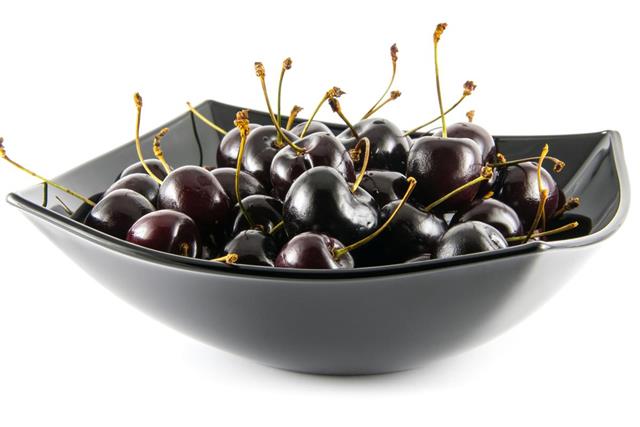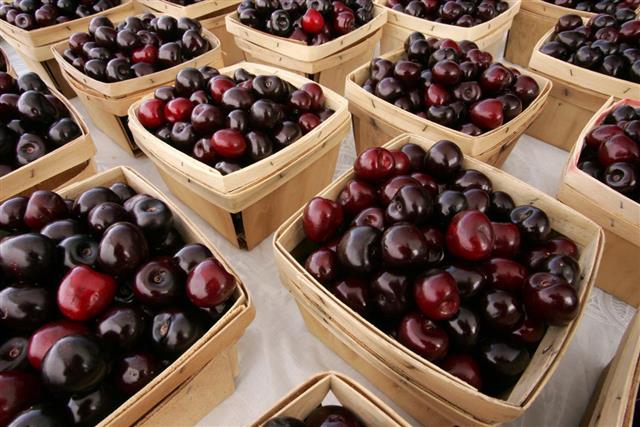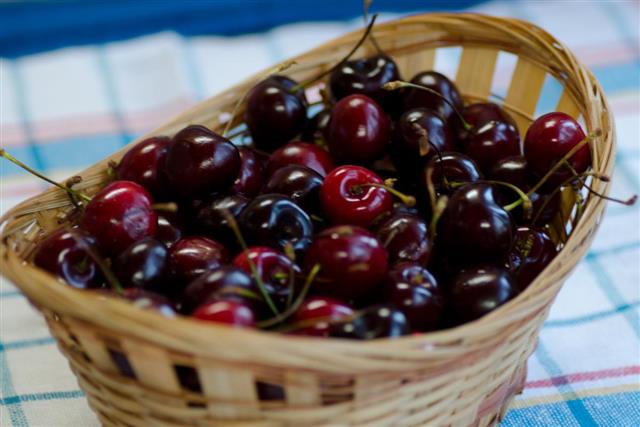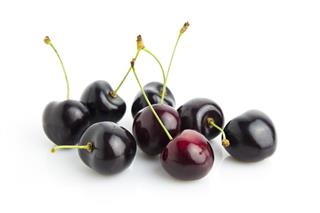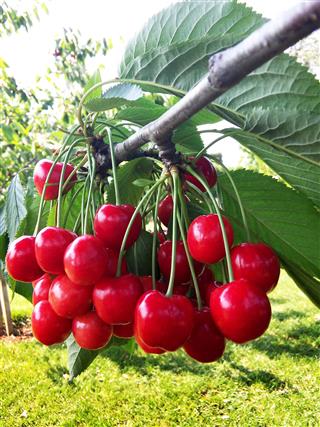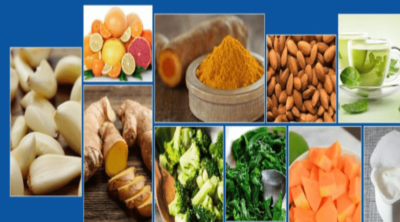
Cherries are not only delicious and attractive, but also a rich source of antioxidants, vitamins, and many other essential nutrients. There are different types of cherries found all over the world. All have a distinct flavor and taste, which makes them unique and desirable. In this NutriNeat article, we have enlisted the different kinds of cherries that are found worldwide.
Very rarely would you come across a person who dislikes cherries. This bright-colored fruit has a characteristic sweet taste, which makes it a favorite snacking fruit among little kids as well as adults. With a variety of cherries available in the market, there’s one that fits every meal and snack. They are best eaten raw, or added to desserts, or even served with cocktails.
It belongs to the Rosacea family and shares its roots with fruits such as apricots, almonds, peaches, and plums. It takes about 4-6 years for a cherry plant to fully blossom and bear a good yield. Having cherries at any time during the day is a better option than reaching out for a high-calorie shake or a juice. These tiny fruits provide antioxidants, vitamin C, fiber, and potassium to your body.
Types of Cherries
Rainiers
These are one of the most expensive cherries. Known as the ‘Princess’ of all cherries, these are extremely sweet and have a peculiar yellow tinge. They are also known as white cherries, as they are light yellow in color when ripe. Rainiers blossom at the end of April.
Lapins
Lapin cherries are fairly large in size, have a characteristic ruby skin, and are popularly consumed around the world. Having multiple health benefits and a sweet taste makes them ideal for making jams. They ripen about two weeks after Bing cherries and are available around mid-July to mid-August.
Van Cherry
The Van cherries are primarily grown in the Okanagan Valley, Canada. They resemble Bing cherries; however, they are smaller in size. These are usually firm in structure and dark red in color. Extremely sweet to taste, these cherries blossom around mid-June to early July. They are best eaten fresh and can be added to recipes that require cherries.
Bings
Bing cherries are the most popularly cultivated cherries in the Okanagan Valley. These are extra large in size and are heart shaped. They are preferred over other cherries for making jams, jellies, and other such recipes. They are commonly found in supermarkets. Their distinct deep garnet color makes them easily identifiable.
Lambert
Lambert is an old variety that was originally grown in the Okanagan Valley. They are big in size and have a deep ruby-red color. They are available around mid-July. They can be eaten raw as well as used in cooking and baking. They are not particularly sweet to taste, but are perfect for making a cherry cake.
Skeena
Skeena cherries are dark in color and have a firm structure. Their color can sometimes be black as well. They are harvested around mid-July to mid-August. Their characteristic taste makes them a favorite ingredient in desserts and pies!
Sweetheart
These crunchy cherries blossom around late July to mid-August. Their unique and sweet taste makes them perfect for making jams and dessert toppings. They can be eaten raw as well. Their bright shiny color makes them eye-catchy too. Thus, you can also use them for making food decorations.
Santina
Santinas are harvested around mid-June to a little later in the month. These sweet and dark cherries are medium in size and have an oval shape. They are preferred fresh with desserts and cheesecakes.
Chelan
They are early-ripening cherries that ripen around two weeks before Bing cherries. They have a firm structure and are round. They are quite large and have a deep color. They are very sweet to taste and are also known as black cherries.
The list of cherries includes a few more types as well. The size and color of the cherry depends on its breed and the way it is cultivated. Here are a few more cherries that have many health benefits.
- Black
- Black Stone
- Choke
- Maraschino
- Morello
- Napoleon
- North Star
- Spanish
- Tieton
Cherries are known to have anthocyanins, which help in the production of amino acids. The anthocyanins are also known for their natural pain relieving and anti-inflammatory properties. Thus, they mitigate the risk of cancer too. Fiber, an important element in maintaining the health of the digestive track, is also found in abundance in cherries. This reduces the risk of diseases related to the digestive system. Having cherries largely benefits the human body, as it provides essential nutrients for proper functioning. So, pick your favorite and munch them between meals for a fit body!



